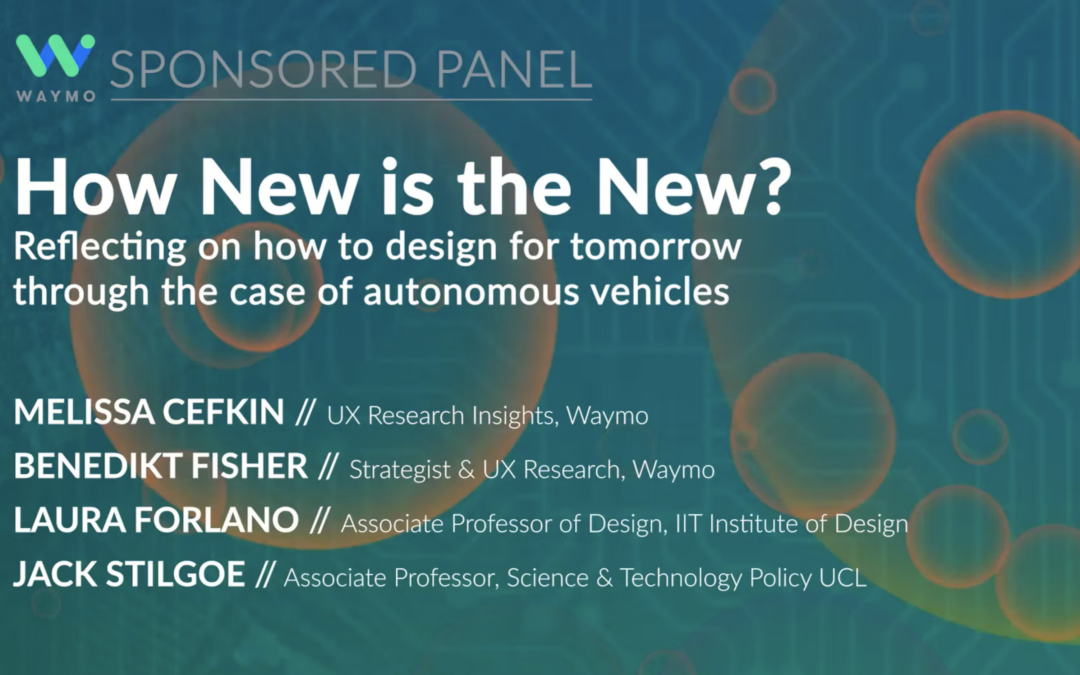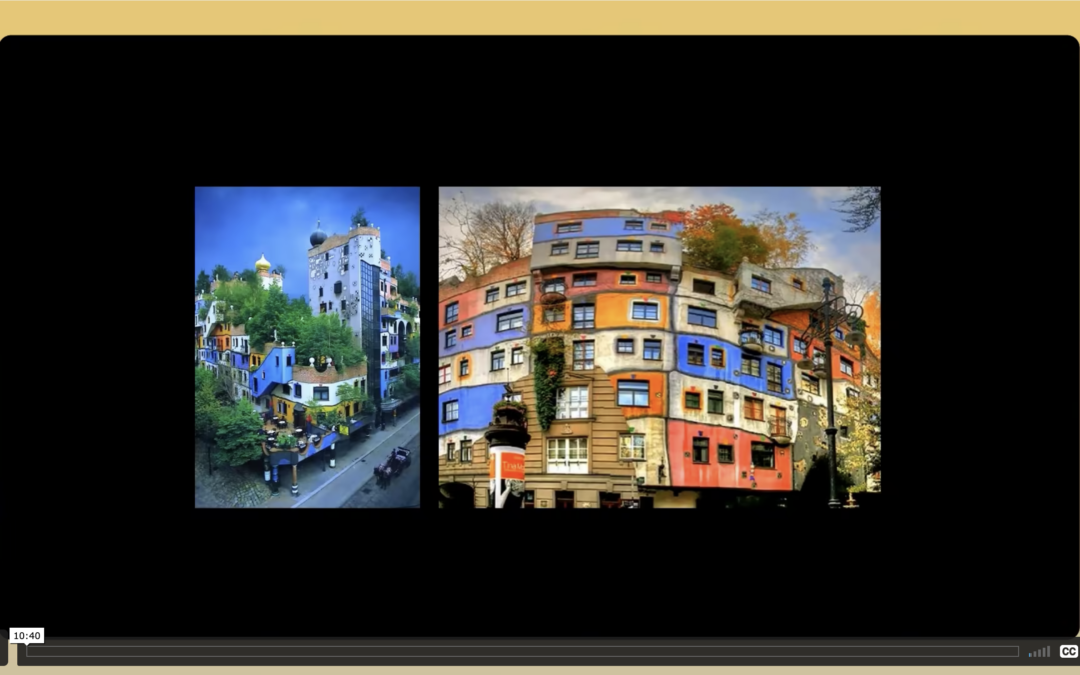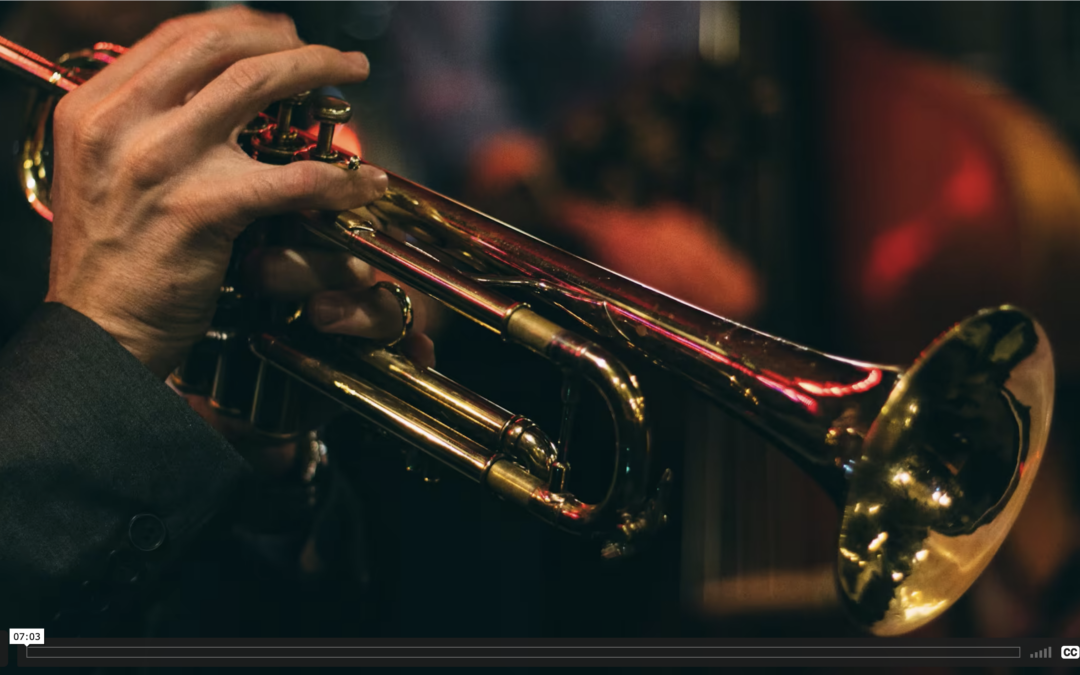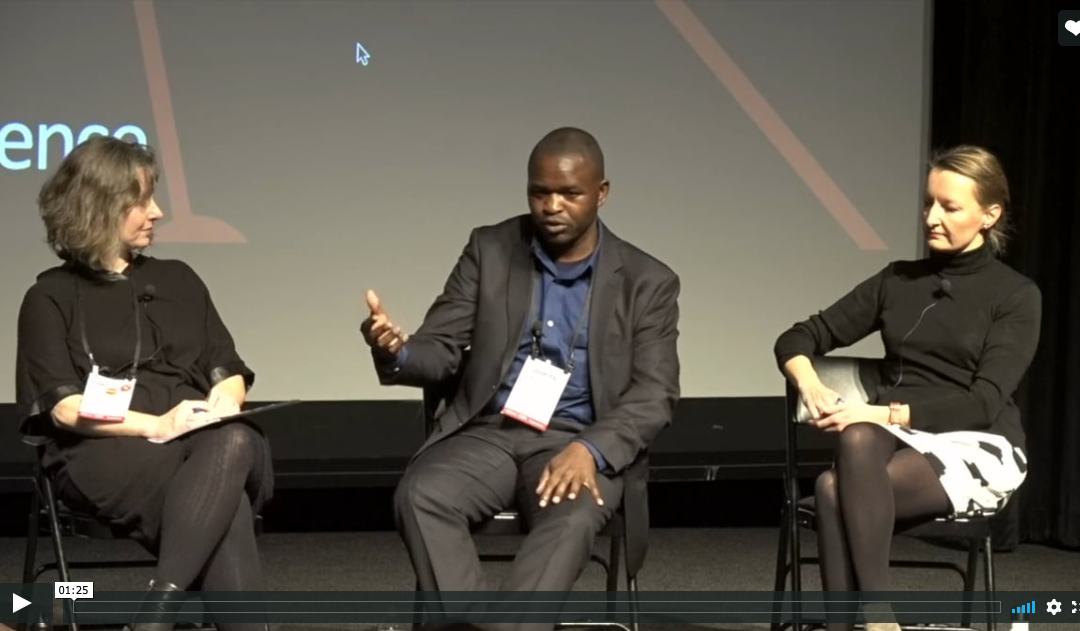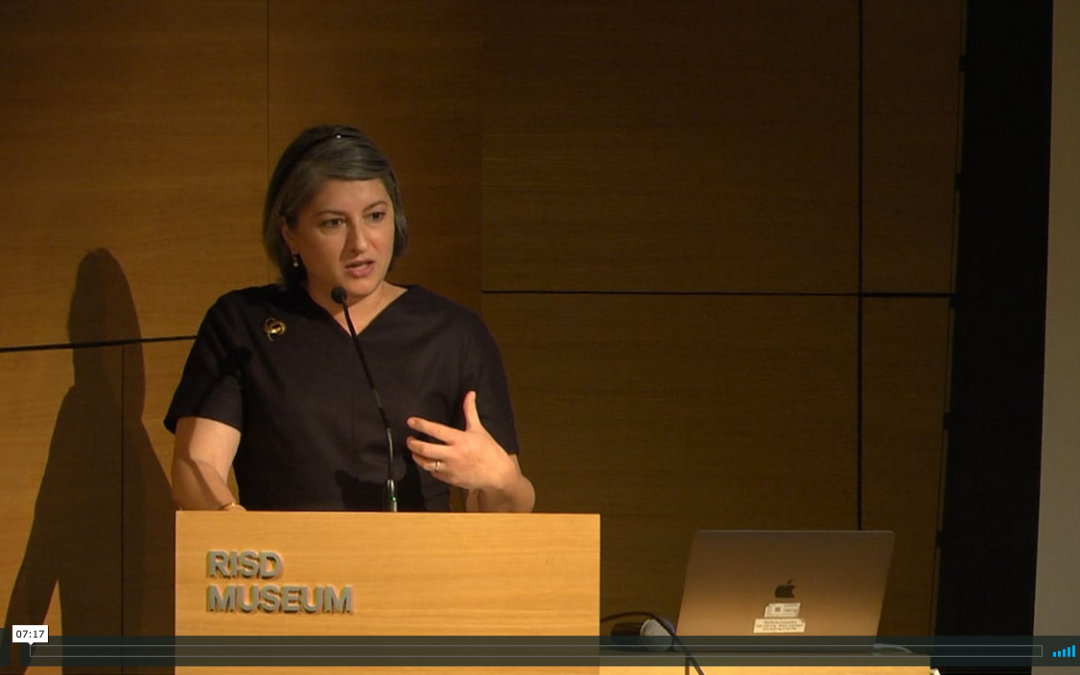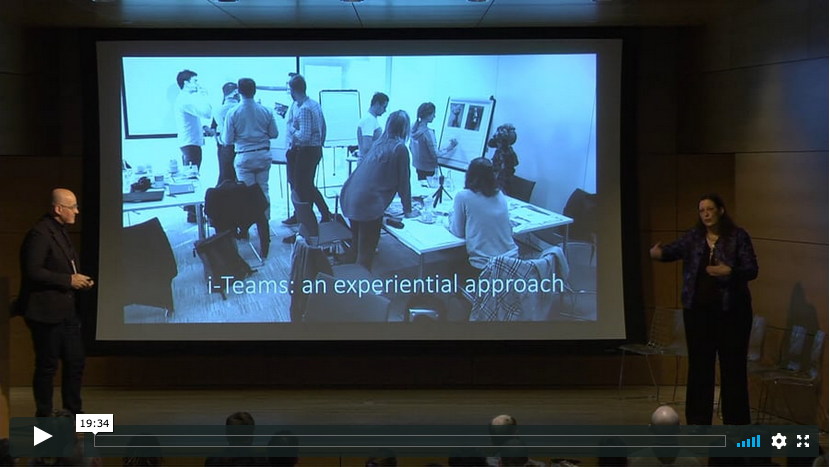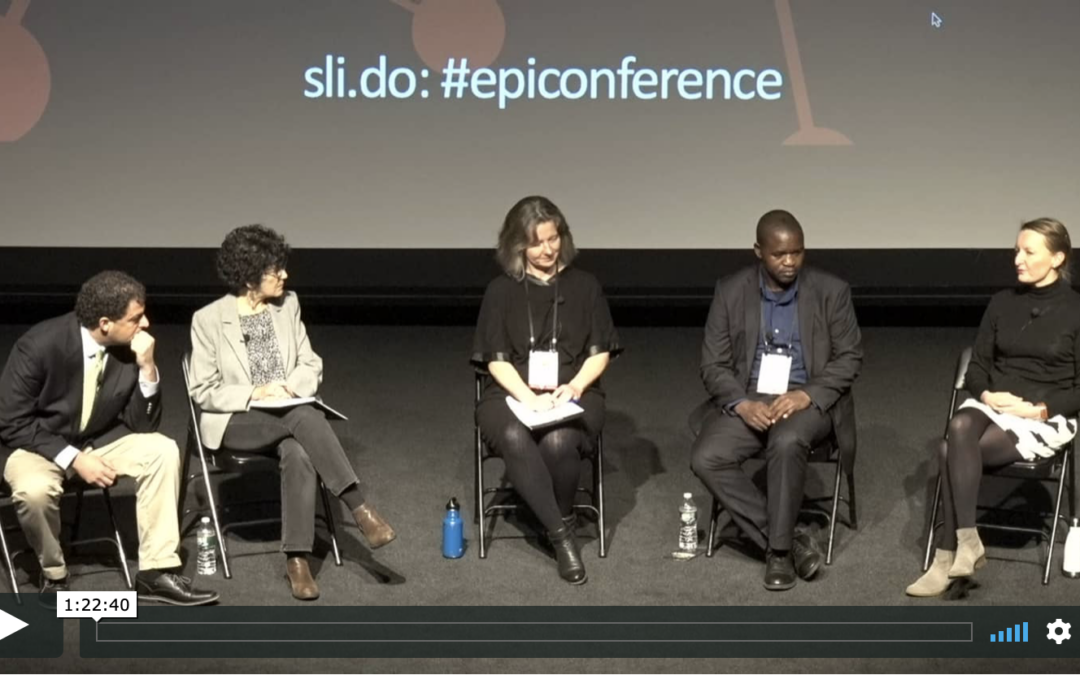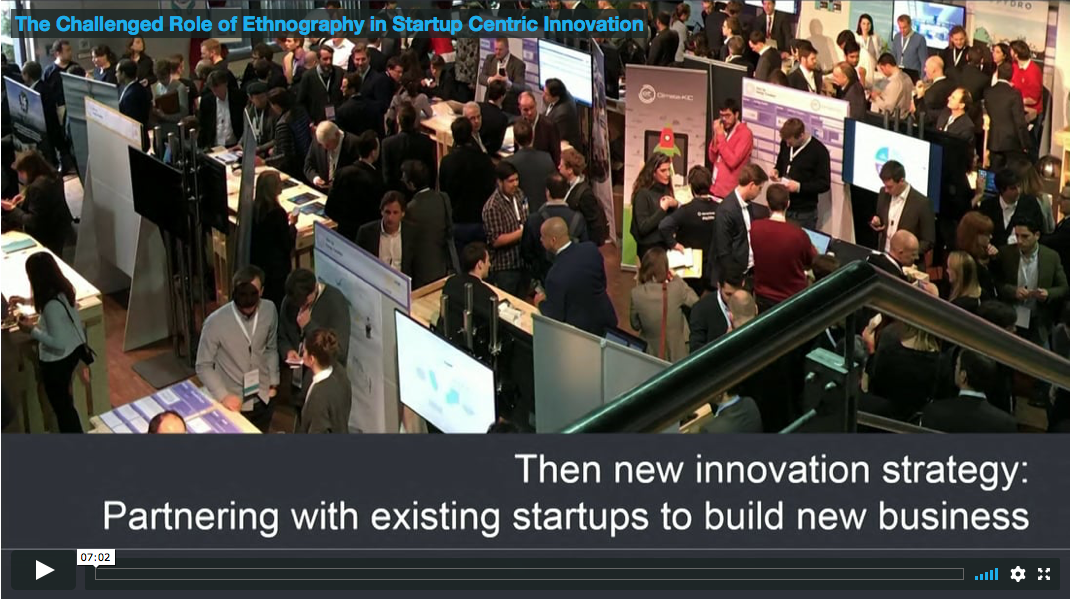An EPIC2021 Sponsored Panel by Waymo How do we anticipate the futures of the things we are bringing into the world, and the experiences they will help shape? The autonomous vehicle is posited as a net-new innovation. Never before have vehicles without human drivers at the helm roamed the same...
